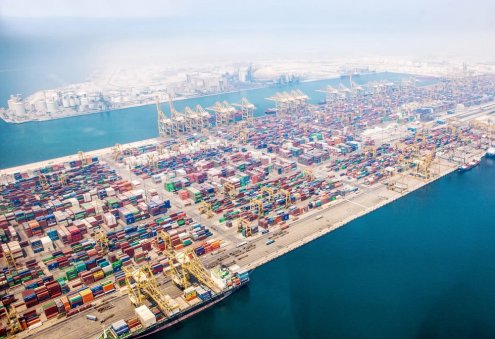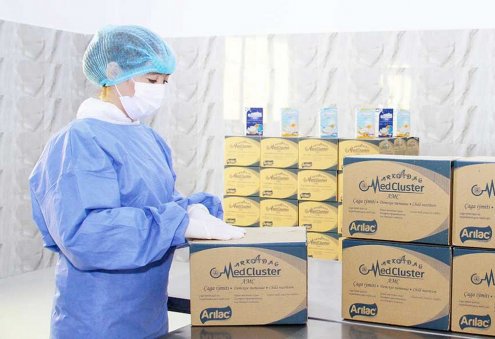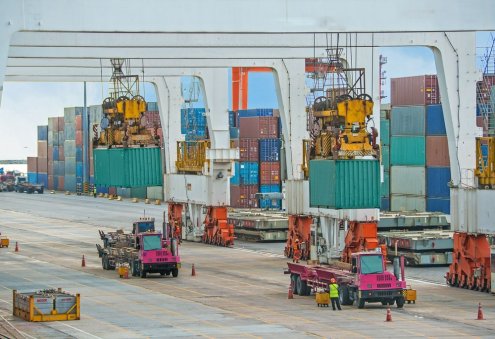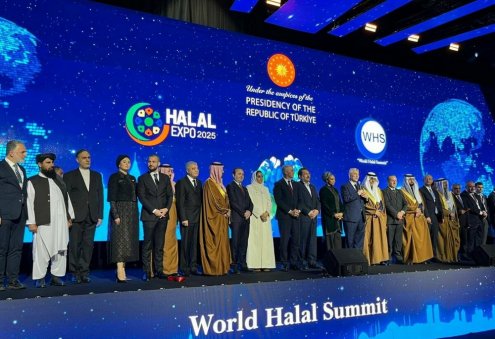The priority area of research by employees of the Institute of Chemistry of the Academy of Sciences of Turkmenistan is the development of the technological foundations for the integrated processing of mineral, hydro-mineral and hydrocarbon raw materials.
Innovative solutions are offered by the institute’s laboratories, which cooperate on contractual terms with enterprises of leading sectors of the country's economy, Turkmenistan’s Golden Age news outlet reported on Wednesday.
Ferrosilicon-41 - an alloy from local raw materials
Employees of the Laboratory of Chemical Production Technologies have developed a chemical mixture to increase the hardness of steel produced at enterprises of the Ministry of Industry and Construction of Turkmenistan.
Silicon-iron alloy of ferrosilicon - was obtained experimentally from local raw materials at the Türkmendemirönümleri plant. Testing showed high strength characteristics of the alloy.
For the manufacture of ferrosilicon, the employees of the laboratory of the Institute of Chemistry used local raw materials, including quartz sand from the Mane deposit in the Kaka etrap, hot coke and graphite from the Turkmenbashi Complex of Oil Refineries, iron shavings and scale from a metallurgical enterprise.
Basalt additives increased volumes and cut cement production costs
The use of active mineral additives developed by a researcher at the Institute of Chemistry of the Academy of Sciences of Turkmenistan, Candidate of Chemical Sciences R. Nurberdiyev, allowed to increase the production of cement at the plants of the Ministry of industry and construction of Turkmenistan by 20 %.
The State Intellectual Property Service of the Ministry of Economy and Finance recognized the scientist’s work as an invention, and he was granted a patent.
At the suggestion of the specialist, manufacturers began to add crushed basalt porphyrites to the mixture of clinker and gypsum, the local raw materials mined at the Ufra deposit in Balkan velayat. This allowed not only to increase the production of cement, but also to improve its quality and reduce the cost of raw materials, electricity, gas. It also resulted in reduction of harmful emissions into the atmosphere.
Lebap cement plant, where mineral additives were tested, has received a quality certificate for cement grade 400-G20-K. Currently, manufacturers and scientists are working on the production of cement grade 500-G20-K.
Briquetted Harmala
Turkmen chemists have developed a method for the manufacture of briquettes from a dried harmala. The stems and leaves of harmala contain a number of alkaloids, complex compounds that have extremely high physiological activity and have a therapeutic effect on the body.
To obtain briquettes, the crushed plants moistened with water are mixed until a uniform mixture is obtained, which is briquetted in the form at a certain temperature and pressure. The resulting briquettes after cooling are sent to the drying chamber, where they are gradually heated to 90 degrees.












30635-90x604.jpg)





